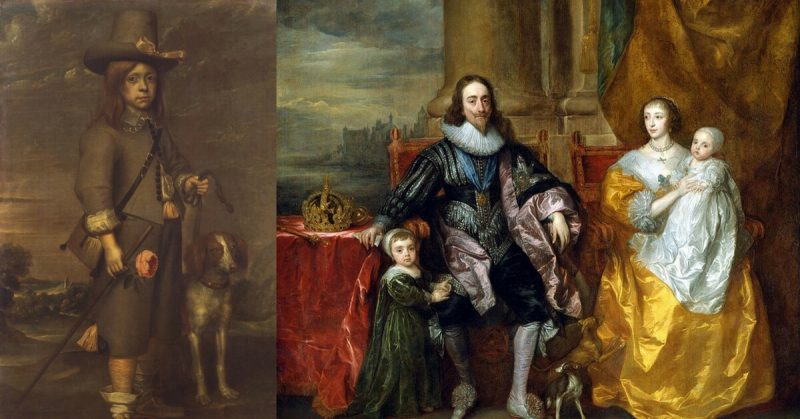Jeffrey Hudson, the court dwarf of Queen Henrietta Maria, led a turbulent and interesting life.
Even though he was only 1ft 6in tall, he always seemed to strive for more, and his adventures became part of the historical legacy of Great Britain.
It was a custom of the European courts of the time to keep dwarfs for amusement, and the oddity of their childlike appearance and a grown man’s wit attracted kings and aristocrats alike.
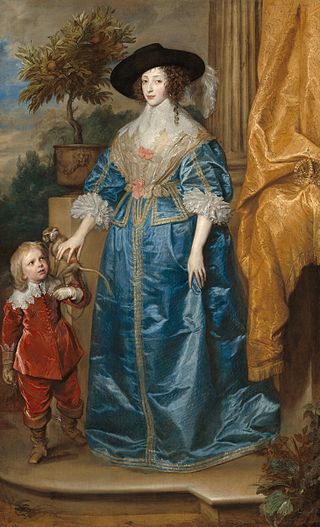
As for Hudson, he was born into a family of typical growth, but soon showed signs of a growth hormone deficiency. He was born in Oakham, England, and lived with his parents, three brothers, and a half-sister.
In 1626, on his seventh birthday, Hudson was brought to the Duchess of Buckingham and presented as a “rarity of nature”.
Soon after, the Duchess invited King Charles I and his young wife, Henrietta Maria of France, to come to her banquet. While enjoying the lavish company of the King and Queen, the Duchess of Buckingham planned an entertaining surprise.
She ordered her servants to hide Jeffrey inside a large pie, which was to be served at the time the party reached its peak.
Once the pie was placed in front of the king and queen, Jeffrey broke through the crust, dressed in a knight’s armor made especially for him. The queen appeared to be so amused by this gesture that she decided to take Hudson with her, to be a part of her entourage. The Duchess was glad to oblige.
This was how Jeffrey Hudson became a resident of Denmark House in London, where the Queen lived at the time. She lived separately from her husband, as she was of Roman-Catholic confession. The tensions between the Catholics and the Protestants were at a boiling point at the time and the separate households were considered a necessity.
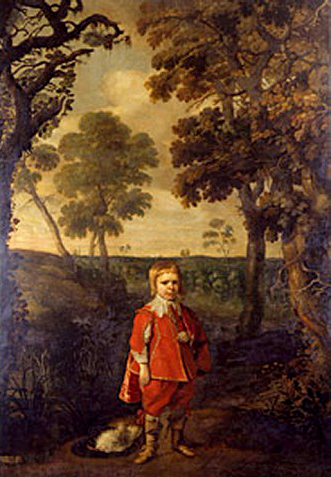
Within the walls of Denmark House, the dwarfs were treated no better than pets, as their size was always interpreted as a subhuman characteristic. But it wasn’t just the people of short stature who received such treatment. Besides Hudson and two other dwarves who lived at Denmark House, there was a Welsh porter named William Evans, who was reportedly a man of excessive growth, labeled as a giant.
Evans and Hudson developed an act in which the dwarf would come out of the giants pocket along with a loaf of bread, which he would later use to make a sandwich.
It was known that Jeffrey, even though he was obliged to act accordingly to insults and mockery, wasn’t exactly at peace with his position.
In 1630, Queen Henrietta sent a delegation to her homeland, France, in order to obtain a midwife for her first pregnancy. Jeffrey went along, as a sign of appreciation for the French court. He was then 10 years old and was captured on their return journey by pirates who served under the Spanish flag as part of a war that was being fought in the British Channel between Netherlands and Spain.
After the Dunkirk Pirates, as they were called, plundered Her Majesty’s ship, they decided to release the prisoners including Jeffrey Hudson.
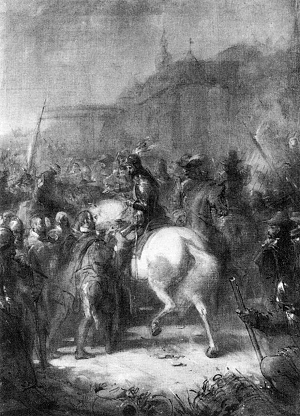
Seven years later, he once again visited continental Europe as a spectator of the siege of the city of Breda, which was held by the Spaniards and besieged by Frederick Henry, Prince of Orange, who invited the English courtiers to witness his glorious triumph. This victory was one of the key points of the war between Spain and Netherlands, but it was also a key point in the life of small Jeffrey.
The pounding guns and the lofty cavalry left an impression on Hudson, an impression of grandeur which he felt he was destined to reach.
He received an education within the Queen’s household and learned to fire a pistol and ride a horse, despite his small size.
Then the war came to the British Isles. In 1642, Charles I found himself in a civil war against Oliver Cromwell and the Parliamentarians. On this occasion, Hudson was appointed Captain of Horse, or a cavalry captain. This was more a jest than a real inauguration to the ranks of the Royalists, but Hudson took it seriously enough.
He would later present himself as “Captain Jeffrey Hudson”. As the war raged on, the Queen decided to leave England and sought refuge in France. Hudson accompanied her as part of her entourage.
It was at the French court where Hudson made a decision to put an end to his maltreatment and refused to resume his role as the Queen’s pet or clown.
In October 1644, a feud broke out between Hudson and one of the Queen’s courtiers. The courtier was challenged to a duel, which he accepted as a joke. But the joke was on the courtier, who attended the duel carrying a large squirt instead of a pistol. Captain Hudson shot him and got the last laugh.
Dueling was prohibited in France, and the bloodshed was seen as an act of disrespect to the hospitality they had been given by the French court.
After this incident, Jeffrey Hudson was banished from France, avoiding death by a whisker. He was aged 25 when the duel occurred, and his exile soon brought him into the hands of Ottoman pirates. Hudson spent the next 25 years as a slave in North Africa.
It is not known exactly how he was freed from the hands of these pirates, but he reappeared in England in 1669. Jeffrey was now subjected to a life of poverty. He received some financial aid from the Duke of Buckingham, for old time sakes, but did not return to the court.
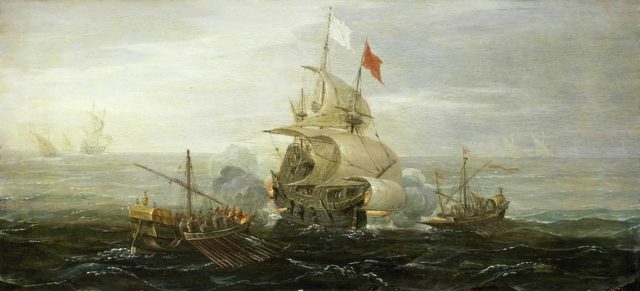
Hudson’s life story would be most definitely lost if he hadn’t been interviewed by an antiquarian named James Wright who decided to make a little chronicle about this interesting little man.
Read another story from us: The boys who rode on horseback from New York to San Francisco in 62 days
In 1676, Hudson was imprisoned due to his Catholic religion at the height of the anti-Catholic sentiment in England. After spending four years in prison he was released, but his health deteriorated. He was back to poverty. Jeffrey Hudson died two years after his release, under unknown circumstances. He was buried in an unmarked grave, but an account of his life lives on, as the story of Britain’s smallest man.
